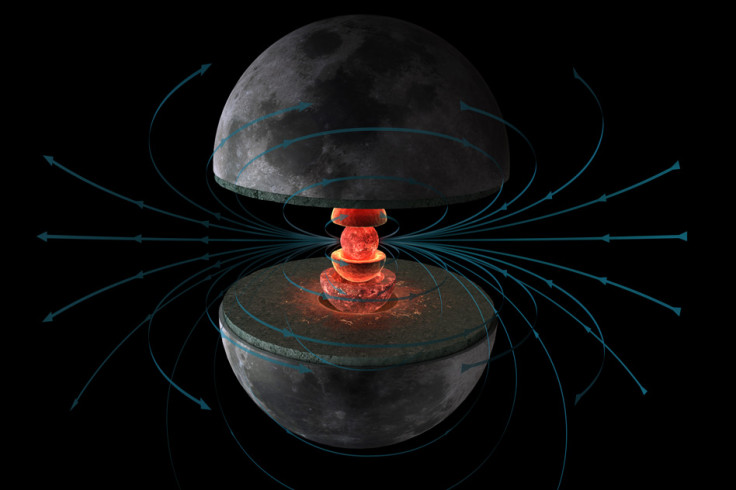Moon had an intense magnetic field billion years ago, suggests study

The moon once had an intense magnetic field like the Earth has today, claims a study that tries to explain the remnants of magnetism found in lunar rocks.
It suggests an exotic dynamo effect resulting from a moving mantle that stirred the core.
The magnetism of the moon has been a topic of debate with some suggesting a moving, molten metallic core, and others ascribing it to a short-term borrowed effect from impacting asteroids and bodies that left electrically charged plasma.
In their paper published in Science, Ben Weiss, a professor of planetary sciences in MIT's Department of Earth, Atmospheric and Planetary Sciences and his student examine the possibility of a lunar dynamo or a molten, churning core at the centre of the moon that may have powered an intense magnetic field.
They believe that the dynamo was stronger than the Earth's field today and persisted for a billion years from 4.2 bn years ago to 3.6 bn years ago.
This was a period of intense meteoroid bombardment in the solar system.
Planetary dynamos are generated by the process of induction, in which the energy of turbulent, conducting fluids is transformed into a field force like magnetism.
Given the size of the moon, convection that is thought to power all known dynamos in the solar system today, is expected to produce surface magnetic fields on the moon at least 10 times weaker than what was observed in the ancient lunar rocks.
Moving mantle
The paper suggests an exotic dynamo mechanism to explain the moon's strong field intensity in which the core was stirred by motion of the solid overlying mantle.
The moon's mantle was moving because its spin axis is precessing, or wobbling, and such motion was more vigorous billions of years ago, when the moon was closer to the Earth.
Weiss and colleagues also are curious about why the field had such a dramatic demise.
"The record of past magnetic fields are recorded in rock, the microscopic alignment of electrons in the rock, like little compass needles," Weiss told Discovery News. "The more of them that are aligned, the stronger the magnetic field."
"Maybe every time the moon was hit by a big impact it underwent this major rotation, the north pole became a different location," Weiss said.
Research published last year showed that the moon's magnetic field survived longer than previously thought, outlasting the period of heaviest cratering. That rules out impacts as the dynamo's origin.
Another idea is that gravitational tugs from Earth may have split the moon's solid mantle and molten core and kept the fluid churning.
The Earth's natural satellite continues to churn interest with new missions mapping its surface and atmosphere and throwing new insight.
© Copyright IBTimes 2025. All rights reserved.





















